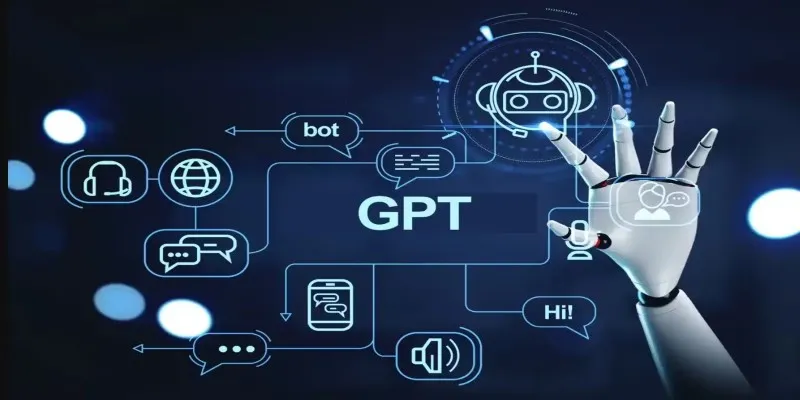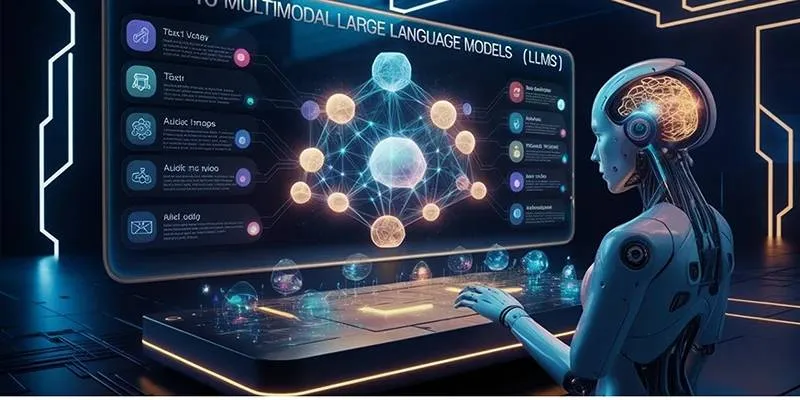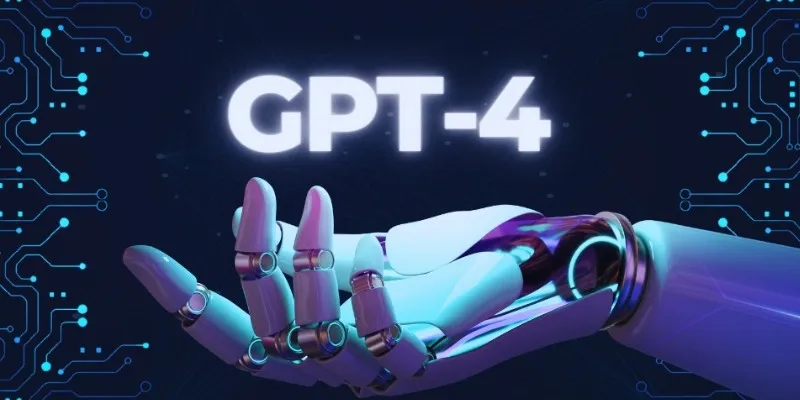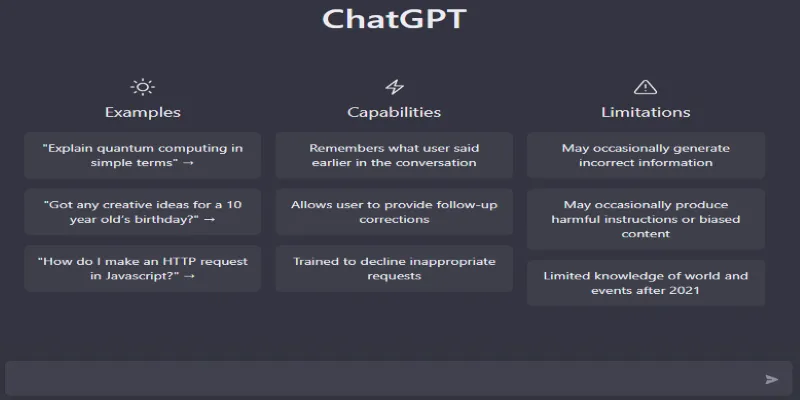If you’ve come across Auto-GPT while browsing tech forums or Twitter threads, chances are you’ve heard people raving about its potential to act as your digital assistant. From managing tasks to automating entire workflows, it sounds promising. But here’s the question: does it still hold up without GPT-4 in the backend? Or does removing GPT-4 strip away what makes it impressive in the first place? Let’s break it down.
What Exactly Is Auto-GPT?
Auto-GPT is like an intern that doesn’t need breaks. You give it a goal, and it tries to achieve that goal by chaining together multiple steps—doing research, writing reports, sending emails, and more—without asking you what to do at every turn. It does this by using a language model (like GPT-3.5 or GPT-4) and running looped tasks until it gets results or hits a wall. Think of it as ChatGPT with initiative.
But while the tool itself is the same, the language model powering it makes all the difference. The more advanced the model, the better the results.
So, What’s Missing Without GPT-4?
GPT-4 handles nuance better. It understands context, writes more clearly, and usually needs fewer tries to get things right. With GPT-3.5, things are hit or miss. Here’s what tends to go wrong when GPT-4 isn’t involved:

Context Retention
Auto-GPT works by giving itself tasks and feeding back the results. GPT-4 does a better job of remembering what it’s doing and why. With GPT-3.5, the chain of thought tends to break. You might ask it to do a competitor analysis, and by step three, it’s comparing the wrong companies.
Decision Making
Auto-GPT often needs to decide what to do next. Should it search Google again? Should it summarize what it found? Should it write the report now or collect more data? GPT-4 is noticeably better at making smart decisions in these cases. GPT-3.5 can jump to conclusions or loop unnecessarily.
Output Quality
If you’re using Auto-GPT to write content or generate reports, you’ll find that GPT-4 writes cleaner, more structured output. GPT-3.5 can manage, but it may ramble, repeat itself, or misinterpret what’s needed.
Task Completion
This is the big one. Auto-GPT without GPT-4 struggles to finish what it starts. Either it gets confused, goes in circles, or fails to understand when it’s “done.” That means more babysitting from you, which defeats the purpose.
Can You Still Use It With GPT-3.5?
Technically, yes. Functionally, kind of. You’ll need to lower your expectations a bit and be ready to jump in often. Here’s how to make the most of it if GPT-4 access is off the table:
Stick to Simple Goals
Auto-GPT without GPT-4 is decent at handling straightforward tasks. Want it to summarize some articles or collect product descriptions? You’ll get usable results. Just don’t ask it to plan your entire marketing campaign or perform a deep-dive market analysis.
Monitor the Feedback Loop
Watch what it’s doing. GPT-3.5 tends to go off track, so you’ll need to manually guide it or reset it when it gets stuck. This can be tedious, but it does help make sure the results don’t spiral into something useless. For example, if you’re having it write short product blurbs, keep an eye on how it describes similar items—it might start repeating phrases or mixing up details. A quick nudge keeps it on track.
Use Narrow Prompts
Instead of telling Auto-GPT to “find the best tools for remote teams,” break it into smaller bits: first, research project management tools; then, compare pricing; then, summarize features. GPT-3.5 does better with very focused tasks. One user found that by feeding it three short prompts instead of one broad one, the tool performed faster and made fewer mistakes. So, giving it smaller wins often results in better overall outcomes.
Limit the Autonomy
Auto-GPT sounds great when it runs independently, but with GPT-3.5, giving it full freedom usually leads to weird loops or irrelevant steps. One way around this is to control how many decisions it’s allowed to make on its own. Some users set manual checkpoints, letting it complete two or three steps and then pausing to review before continuing. This not only prevents it from wandering too far off course but also helps you stay in control of the output without doing everything yourself.
When It Might Still Be Worth It
If you’re experimenting, learning, or building a demo to show someone what’s possible, GPT-3.5 works fine. It gives you a feel for how Auto-GPT chains tasks and works toward goals. For students, hobbyists, or developers exploring the tech behind agents, it’s still valuable.

It’s also worth trying if you’re pairing Auto-GPT with other tools—like custom scripts, APIs, or structured data sources. In that case, you’re relying less on the language model and more on your setup.
But if you plan to save time or automate complex workflows, you’ll hit roadblocks quickly. Most of the impressive demos you see are powered by GPT-4, which gives the system a noticeable edge in quality and consistency. Without it, the experience feels more like a work-in-progress than a hands-off assistant.
Final Thoughts
Auto-GPT is an ambitious tool, but without GPT-4, it’s a little like trying to race a sports car with a less powerful engine. It moves, but it won’t impress you with speed or handling. For casual experiments or small projects, it’s fine. For anything more serious, GPT-4 isn’t just a nice-to-have—it’s the thing that makes Auto-GPT worth using in the first place.
So, is it worth using without GPT-4? If your expectations are realistic and your goals are simple, go for it. But if you’re hoping for seamless automation or high-quality results with minimal input, you’re going to feel the difference pretty quickly.
 zfn9
zfn9























